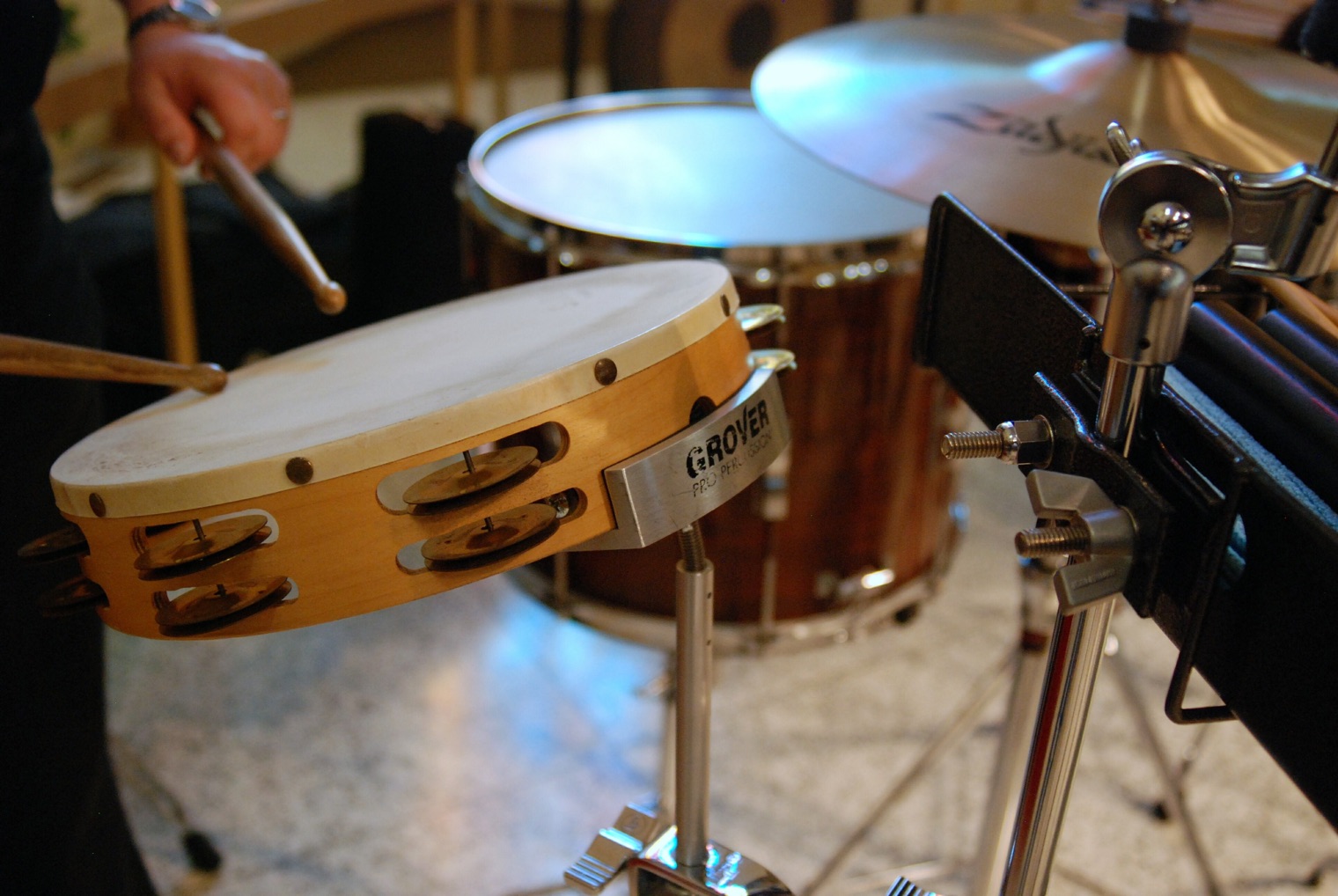
Garnet Education have brought out an updated version of the book I am most proud of: Rhymes and Rhythm: a poem-based course for English pronunciation. Unlike the original 1994 edition, this contains only poems written by me. Not only that: the book is accompanied by a CD-ROM and audio DVD containing detailed notes for teachers, a large number of visuals to make the systems of pronunciation much clearer and, of course, the full recordings (featuring a wider range of accents than in the original version).
What’s behind the book is that in all cultures, everywhere and at all times, rhythm has always been important. Even before we are born we are aware of the regular beat of our mother’s heart, a beat that the mother reproduces in the lullabies she sings to calm her baby or send it to sleep. Rhythm features again in the nursery rhymes sung to children, as well as the playground chants created by children themselves.
Most of these also involve rhyme. Take
Baah baah black sheep, have you any wool?
Yes sir, yes sir, three bags full.
Round and round the garden, like a teddy bear.
One step, two steps, tickle you under there.
Humpty Dumpty sat on a wall,
Humpty Dumpty had a great fall.
All the king’s horses and all the king’s men
couldn’t put Humpty together again.
Why can I remember these after so many years? Because they rhyme, as well as having a simple regular beat. So that’s why all the poems in my book are like that: chants, limericks, raps etc.,
The regular beat has another benefit for people learning English. If you get the beat right, you stress the words correctly (which makes it easier to be understood). For example, most two-syllable nouns in English tend to have stress on the first syllable. (Look at this poem, which just uses names, of people and places).
(A) Track 25
Norman’s from Nottingham,
Martin’s from Mottingham
Charley’s from Chester
and Lesley’s from Lee.
Joyce is from Jarrow
and Henry’s from Harrow.
Laura’s from Leicester
and Dave’s from DunDEE.
Keeping to this simple ONE two three beat shows the learner, for example, that Leicester, despite the spelling, rhymes with Chester and has just two syllables. And Dundee, unusually, has stress on the final syllable. Now listen to the next poem, featuring place names from the Americas.
(B) Track 26
Mo’s from Montana
and Sal’s from Savannah,
Dave’s from Daytona
and Mary’s from Maine;
Nell’s from Nebraska
and Al’s from Alaska,
Will’s from Winona
and Fred’s from Fort Wayne.
Note the stress pattern of words ending in <o> or <a> (often from Spanish or native-American languages): CHIno, REno, CHIle, CUba, monTAna, haVAna, dayTOna, aLAska, wiNOna, guYAna, etc. They all have main stress on the syllable one before the end. And this would be the place of main stress even in longer names: think of caliFORnia, alaBAma, amaRIllo etc.
Here’s part of another poem with the same beat, involving a more complex set of stress patterns, all rule-based.
(C) Track 47
Tina’s a teacher, Priscilla’s a preacher,
Donald’s a doctor and Ted drives a truck.
Fred’s a photographer,
Joe’s a geographer,
Barry’s a barrister down on his luck.
Mag’s a musician and Phil’s a physician,
Cosmo’s a cosmonaut circling the moon.
Ruby’s a realist, Ike’s an idealist,
Cindy’s a singer who can’t hold a tune.
Fast Speech
Many poems have backing tracks (some made with the help of the Garage Band app on my Mac). Often they are used to demonstrate how sounds may disappear or change in ordinary fast speech. Here’s one showing what happens to unstressed ‘him’, ‘her’ and ‘them’. (Note the variety of accents used by the male actor).
(D) Track 105
Have you seen Peter, have you seen Pete?
I saw (h)im half an hour ago
walking down the street.
Have you seen Patricia, have you seen Pat?
I’ve just seen (h)er talking to (h)er
little ginger cat.
Have you seen my neighbours,
Anthony and Mark?
I saw (th)em Tuesday morning
strolling in the park
And here’s a sequence from “Chinatown”, which concentrates on fast versions of ‘do you’, ‘did you’, ‘would you’, ‘want to’ etc.
(E) Track 122
Where do you want to go? What do you want to do?
I’m not too sure. I’ll leave it to you.
Don’t you want to go to town to see a show?
I don’t know now but I’ll let you know.
Did you tell the others where we’re going to meet?
I said in the centre didn’t say which street.
This final example, “Rapping the Rules”, sums up what happens in fast speech.
(F) Track 125
If you want to make your English come alive,
just listen to my rules
from one to five.
(1) If you don’t want your English to sound a mess
you’ve got to hit the beat, you’ve got to hit the stress.
But it’s going to sound funny, it’s going to go wrong
If you make your weak sounds much too strong.
(2) And words go together like links in a chain;
theyfolloweachother like wagonsonatrain.
(3) Now listen really close and you will hear
that certain kinds of sound can disappear.
(4) And remember if you want to increase your range
that a sound can make another sound change.
(5) You’re getting better now but to be the best
just remember two sounds can coalesce.
You’ve got five senses, you’ve got five rules,
so use them all and you won’t be fools.
So, to make your English buzz like a hive,
just think of one, two, three, four FIVE!


